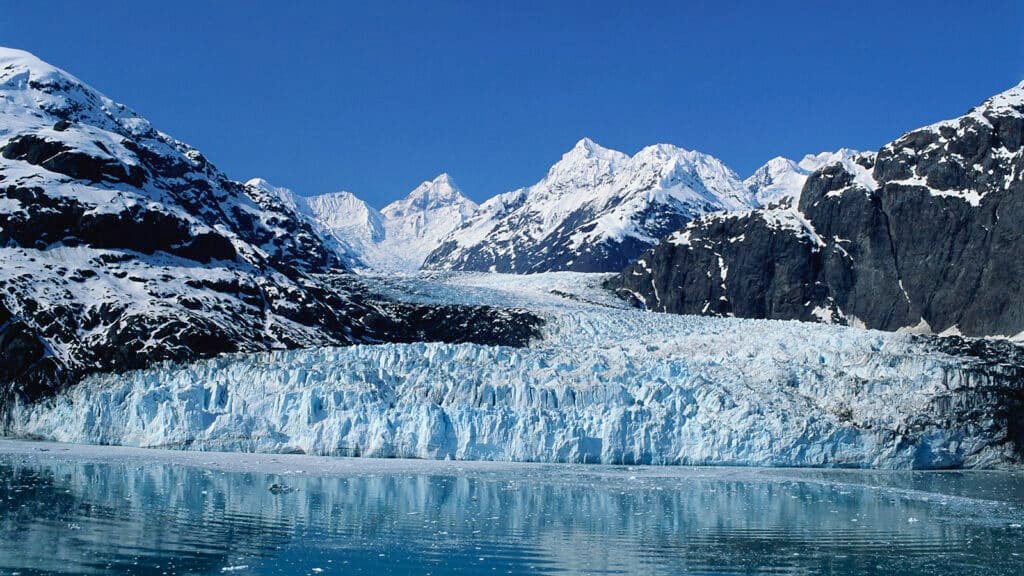
Climate change is leading to an increased global temperature which has devastating effects on most of the countries around the world and Pakistan lies at the forefront of those extremely affected by this climate change. Since June this year, Pakistan is once again hit by the devastating monsoon rains. High intensity monsoon rains have not only affected or damaged the rural areas and villages near rivers or canals but this time, it majorly affected the big cities or urban centers like Islamabad, Lahore and Karachi which are situated in the south and some remote areas or villages in Kpk were also badly impacted by these rains. The streets and most of the areas in these big cities were drowning in knee deep water because of both, high intensity monsoon rains and melting of glaciers at a fast pace.
Khyber Pakhtunkhwa (KPK) which is nestled in the Hindukush, Karakorum and Himalaya ranges contains more than 7,000 glaciers, which are now melting at increasing rates due to extreme rising temperatures and due to this climate change, temperature in areas like Gilgit Baltistan is rising intensely and is exceeding up to 48°C.This climate change leads to an unpredictable and intensified monsoon patterns which results in devastating and tragic flooding in both low lying and high altitude regions .Scientists have long warned, that during summers, glaciers melt faster than the normal rate which fuel rivers with an overwhelming volume of water. The melting of glaciers like shisper at a pace faster than normal, due to the record breaking temperature and heat in June 2025, has led to the devastating GLOFs (Glacial Lake Outburst Floods) in Swat and Chitral the districts in KPK, which swept away roads, villages, homes, infrastructure, crops and livelihoods within a shorter span of time, leaving communities and population helpless .
This time monsoon rains have caused major & extreme damage to the south of Pakistan. Mostly affecting the big cities in the south due to their poor planning, unfit & jammed drainage system and unsystemic infrastructure layout, which has turned streets of the cities into water streams and caused a lot of destruction. Take the example of Saidpur village near Islamabad, where extreme floods damaged everything like homes, infrastructure and streets, water was running like a tidal wave in the streets. As compared to Lahore and Karachi, Islamabad has more well-planned infrastructure and systemic city planning but this time it was also affected badly due to these extreme monsoon rains. On the other hand, Lahore and Karachi are not really ready to handle the high intensity rains due to their unplanned infrastructure or development. Recently, Lahore received heavy rains which caused destruction of homes, infrastructure and roads, turning roads into waterways or streams, leaving people trapped, helpless and stranded. As Karachi is now an extremely populated city with no proper planned urban infrastructure or design so a amount of rain can cause flooding. As in August 2020, it received 484mm of rain, which it cannot handle due to poor drainage system & poor governance and now in 2025 still it has not improved its system or prepared itself for extreme weather changes. As in 2022 Pakistan was hit hard by devastating floods, which caused a lot of destruction in the country like homes, infrastructure, crops, agriculture, roads and livelihoods, and caused at least 1739 deaths in the country. It’s clear we’re still not fully prepared as up till now in 2025, 260 deaths are already reported during the monsoon season which shows poor planning and lack of adaptability.
Due to the climate change, which is triggered by the high carbon and greenhouse gas emissions is increasing the global temperature at a faster pace, which is affecting countries with low economy and resources more as they are incapable and have lower capacity to deal with and handle such events, Pakistan is one of those countries which is affected more by climate change and its towns, cities and societies were not built to handle such extreme weather that we are currently experiencing , which shows a deep kind of failure in our institutional and governance structure. It’s a state of grief that up till now we cannot put together the plan that connects what is happening in north with what’s affecting people in south of the country. We need to make some bigger changes in the rural as well as the urban areas of the country, such as urban cities need proper drainage system, planning development of infrastructure, proper urban cities design, storm drains need fixing also add modular flood barriers. On the other hand, in northern areas projects like GLOF-II, which set up early warning alerts and weather stations must be ensured to reduce the risk of these disasters. As it is a clear sign that climate change is hitting unfairly those who did the least to cause it so if we do not make these rapid changes in urban and rural areas, the melting glaciers at fast pace in the north and floods hitting south will cause problems for Pakistan even more in the future.
The connection between glaciers and gutters is no longer poetic it is now political. And unless policymakers begin to treat it as such, Pakistan will remain stuck in this cycle: watching the north melt, the cities flood, and the country drown.

